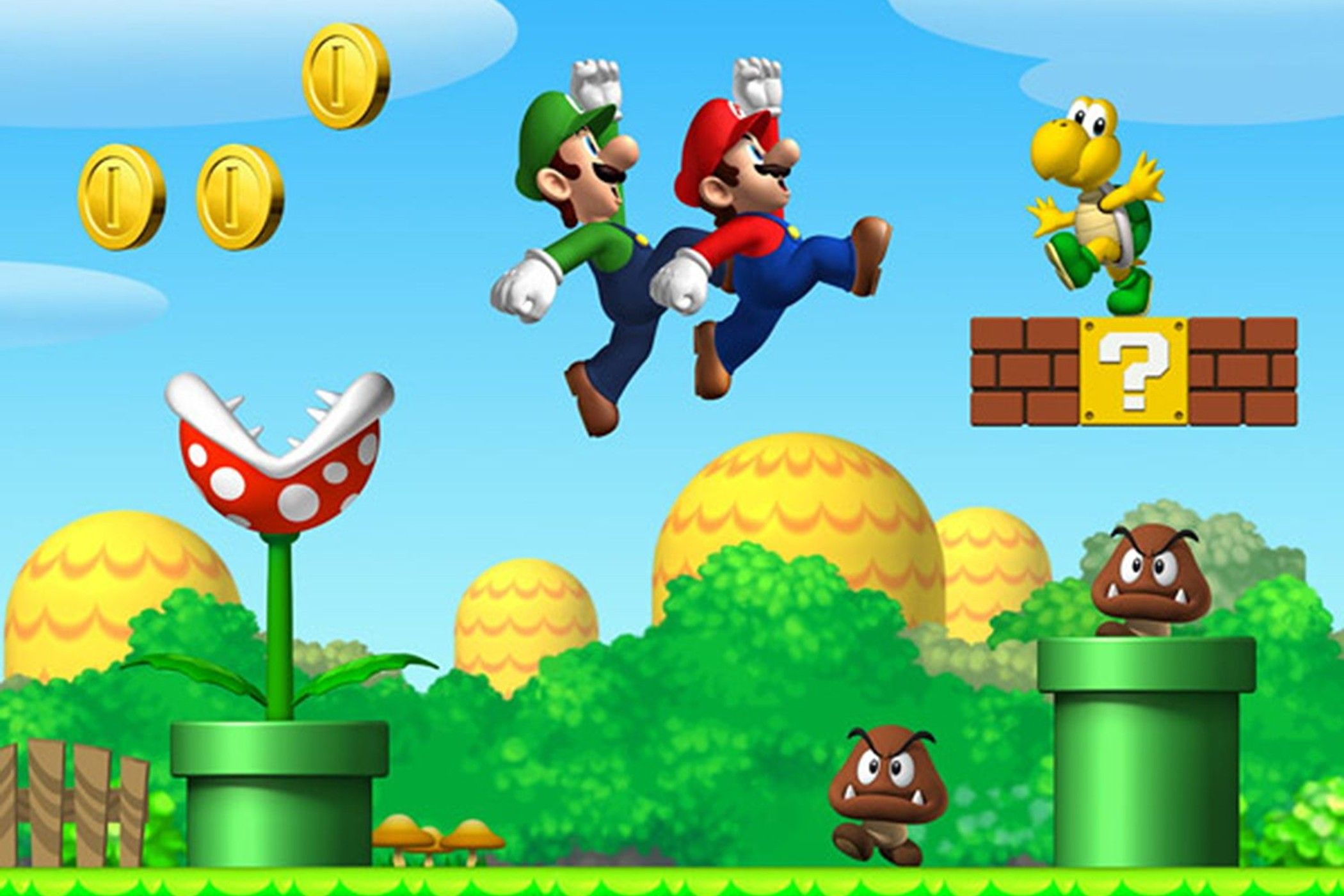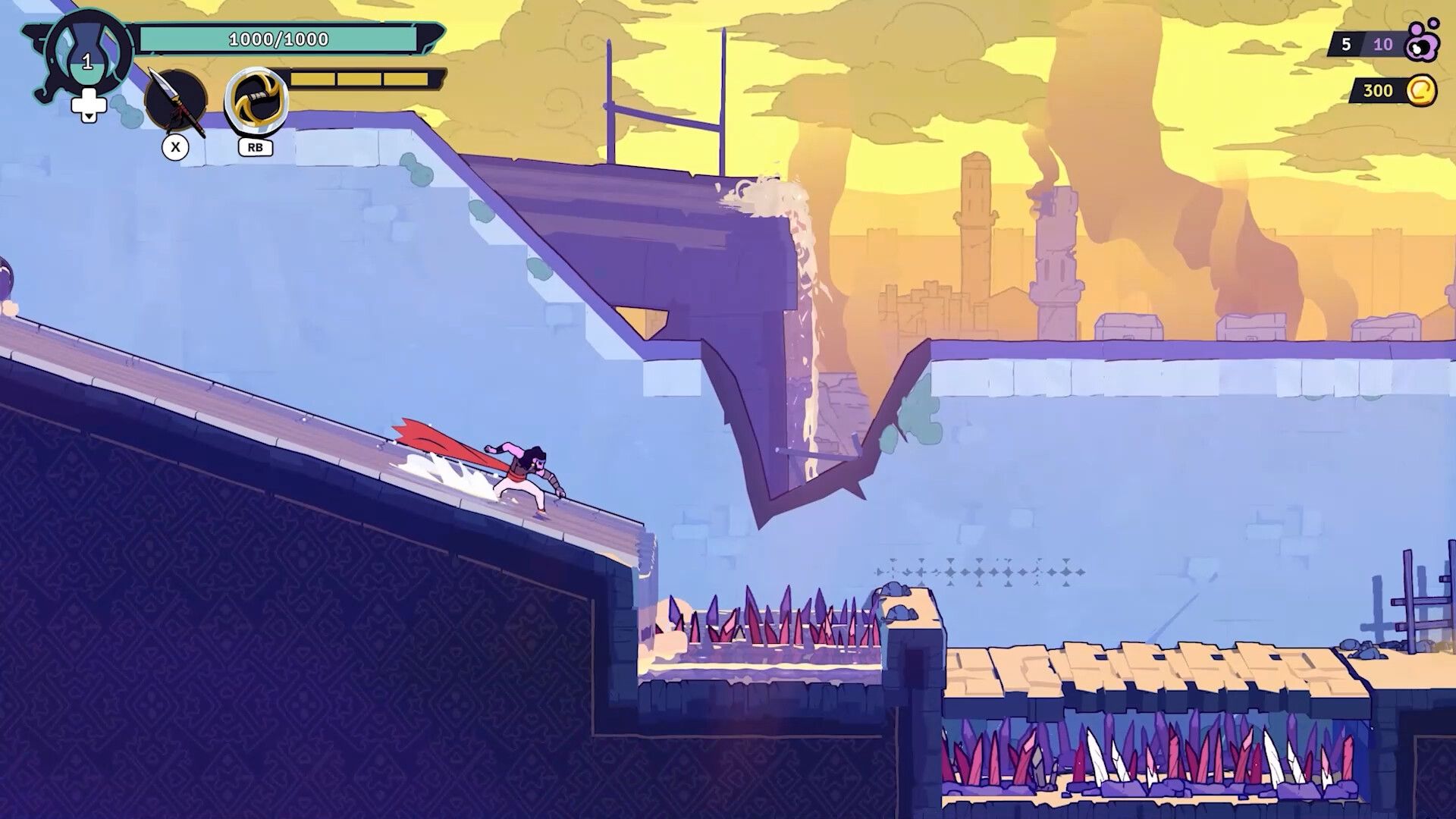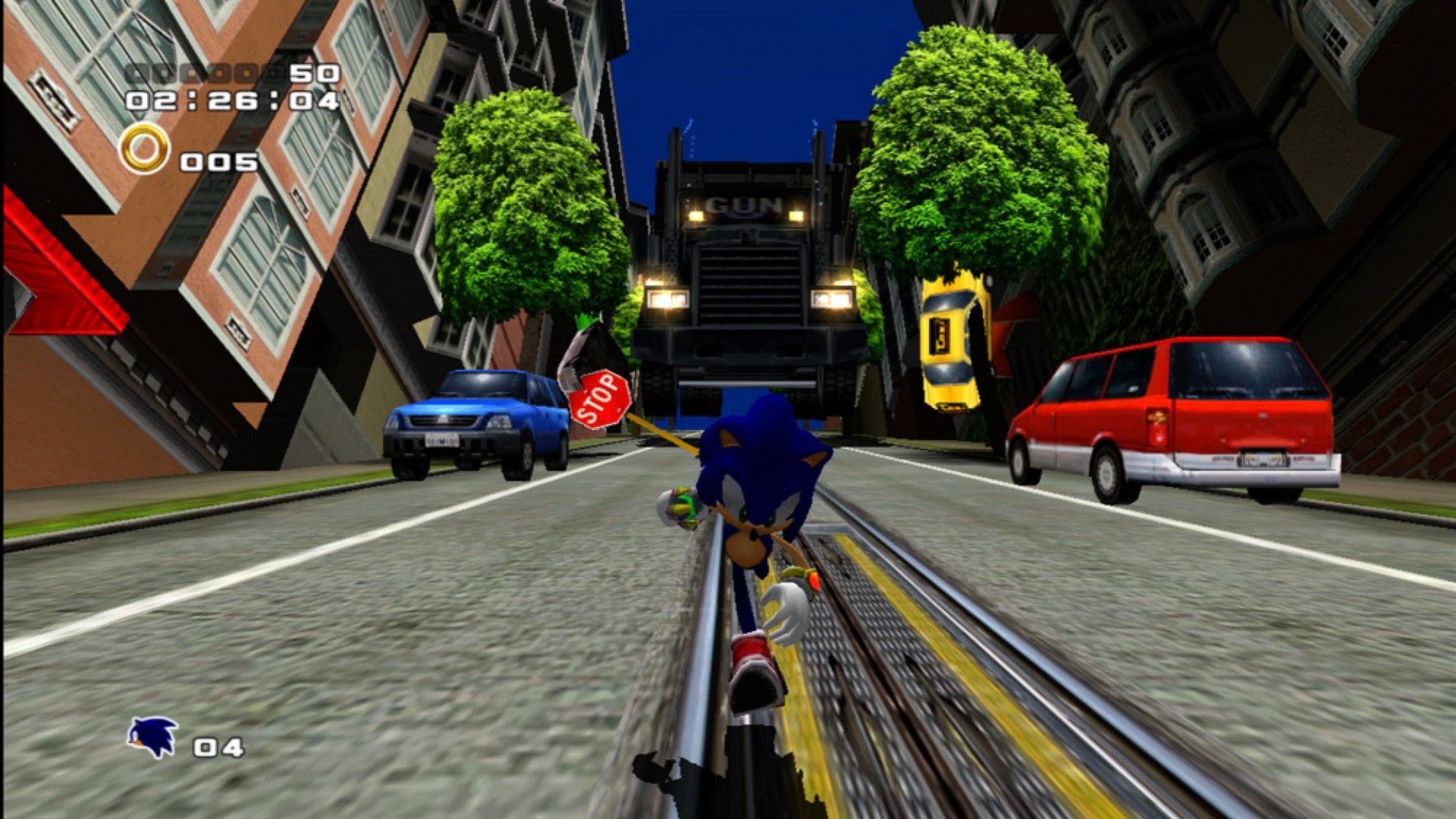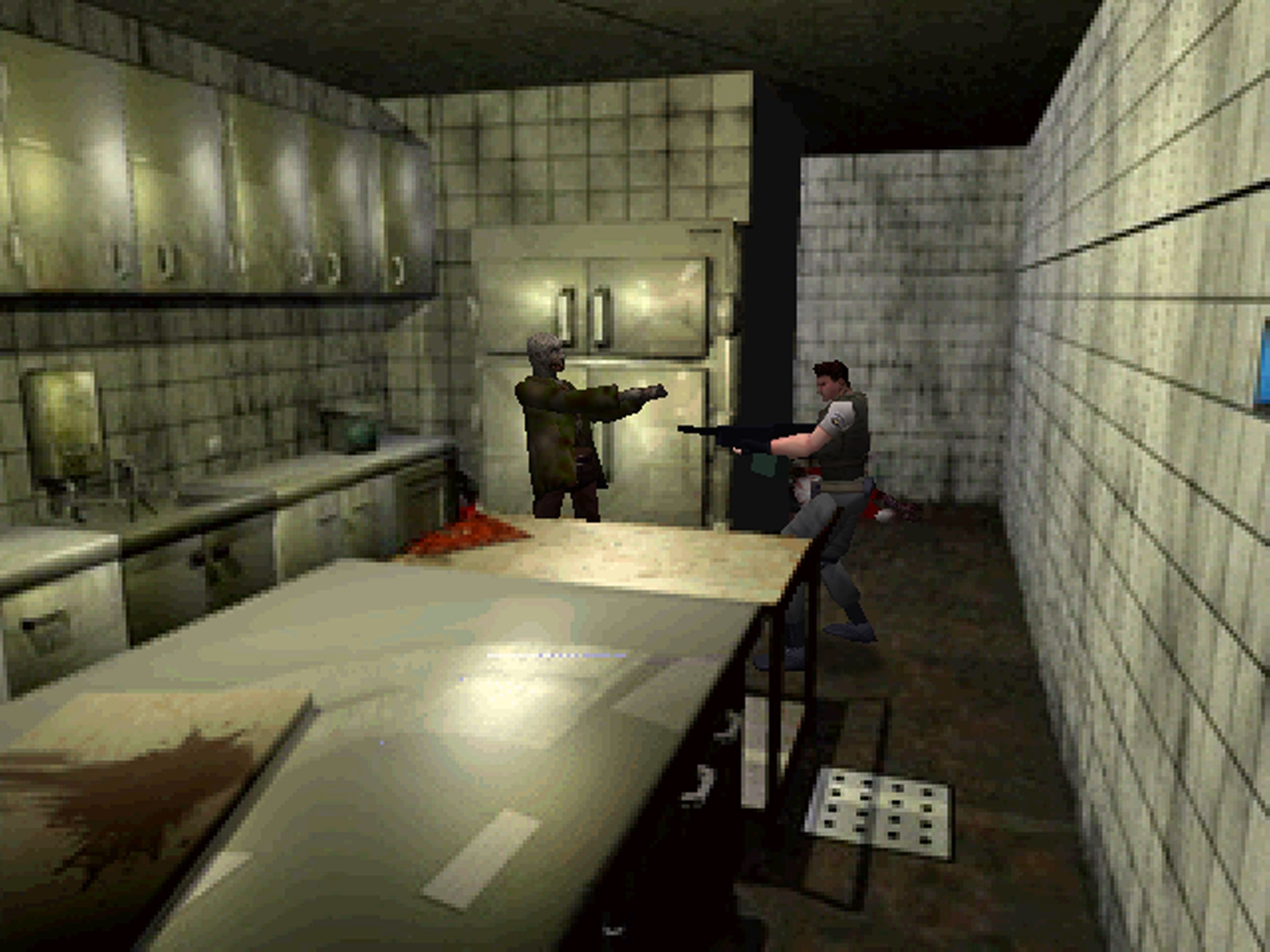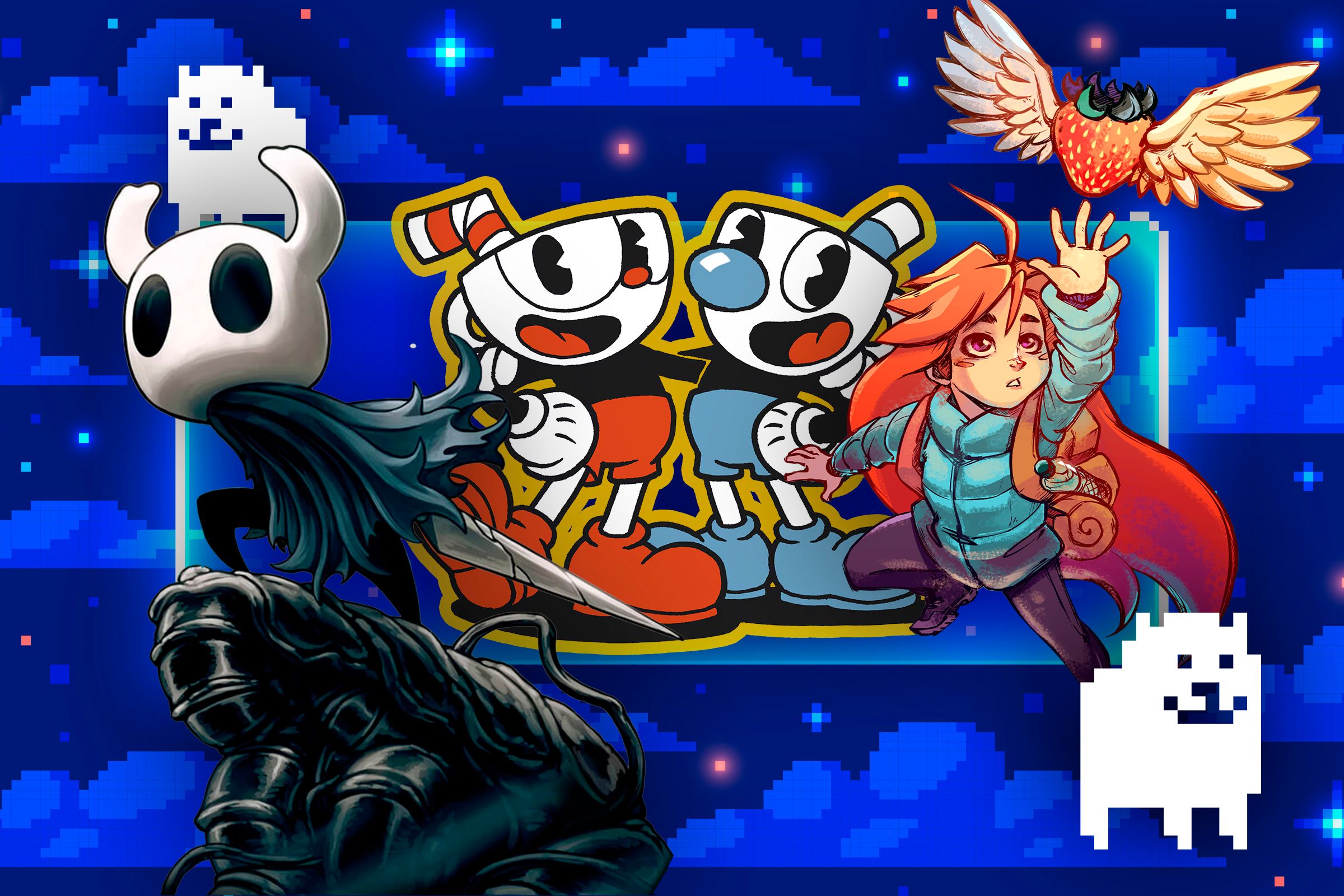Key Takeaways
- 2D games are making a comeback in the modern gaming industry, shedding the notion that they were somehow inferior to 3D titles.
- Nintendo’s success with New Super Mario Bros. helped fuel the revival of 2D games across various franchises.
- Indie developers have played a key role in the 2D revival, offering unique experiences and experimenting with new ideas in retro genres.
The dawn of 3D graphics saw many video game genres undergo drastic innovations and reinventions. Both players and developers assumed that the third dimension would be the way of the future. But over 30 years later, many of gaming’s most iconic series are returning to their 2D roots, and there’s a good reason for that.
Understanding the 2D Revival
Although most modern games feature 3D graphics, 3D gameplay has started to take a backseat to classic 2D experiences. There’s been a resurgence in 2D platformers, action games, and fighting games, whereas 3D titles in these genres have become far less common over the years.
Although modern platforms feature plenty of 2D and 3D games across all genres, there’s been a clear shift to classic 2D formulas in recent times. This is most apparent in the recent releases of many iconic gaming franchises.
Nintendo has led the revival of 2D games for over a decade. After sticking solely to 3D mainline Mario games for the Nintendo 64 and GameCube, Nintendo returned to the franchise’s 2D roots in 2006 with New Super Mario Bros. This 2D sidescroller was initially released for the Nintendo DS, but its unexpectedly massive success motivated Nintendo to develop more 2D Mario titles for consoles.
Since then, the series has regularly alternated between full-3D platformers like Super Mario Odyssey and 2D sidescrollers like Super Mario Wonder.
This may not seem special now, but during the ’90s and early 2000s, 2D platformers were considered a dying genre. The introduction of 3D games wowed developers and players alike, prompting many classic series to adapt to the new technology. 2D games became less common across most genres, and the only 2D games you saw were usually handheld spinoffs or downgraded ports of console titles.
All this contributed to the misguided belief that 2D games were somehow inferior to 3D ones, and therefore didn’t belong on consoles. This sentiment wasn’t just common among players, as game studios started to view 2D games as an increasingly niche market, leading many developers to abandon the genre.
The success of New Super Mario Bros. and its 2D sequels pushed back against these misconceptions and proved that 2D games are still an important part of the gaming industry. Since then, Nintendo has continued to support 2D games across all of its consoles. Most recently, the Switch has received retro throwbacks for other Nintendo franchises with games like Metroid Dread and The Legend of Zelda: Echoes of Wisdom.
Nintendo hasn’t been the only studio to fuel gaming’s 2D revival. Ubisoft’s 2D Rayman and Prince of Persia games brought each series back to its 2D origins while introducing plenty of modern gameplay twists. Similarly, Sega’s Sonic the Hedgehog franchise regularly alternates between its 2D and 3D gameplay formulas, sometimes featuring both within the same game.
Even outside these familiar franchises, the resurgence of Metroidvanias, beat-em-ups, side-scrolling shooters, and many other retro genres has helped bring 2D games back to consoles.
This doesn’t mean 3D games will be dying down anytime soon, especially when competitive shooters and open-world adventure games are still dominating the industry. However, there are a few reasons that opinions towards 3D games have declined in recent years.
3D Games Struggled to Stay Fresh
As developers swapped pixel grids for polygons, a slew of new problems and challenges rocked the industry. Not every series made a successful jump to the original PlayStation and Nintendo 64, resulting in dozens of iconic 2D platformers and fighting game franchises going dormant after lackluster attempts to enter the 3D space.
Even franchises that did make a smooth transition from 2D to 3D eventually struggled to innovate on their new gameplay formulas. Games like Metroid Prime and The Legend of Zelda: Twilight Princess—while critically and commercially successful—were divisive among fans for making controversial changes to the series or being too similar to other 3D entries.
Furthermore, with countless developers rushing to join the 3D bandwagon, the video game market was quickly oversaturated by derivative 3D platformers and mediocre action games. Some genres like racing games and stealth games were undoubtedly improved by the rise of 3D gaming, but many others suffered from an inability to translate their 2D mechanics into 3D spaces.
This problem was at its worst during the early years of 3D gaming, when developers were still learning the basics of designing 3D experiences. As a result, many early 3D titles were incredibly unpolished, often featuring questionable control schemes and frustrating cameras. Even genre-defining classics like Tomb Raider and Resident Evil seem incredibly dated when judged by modern standards.
Most importantly, 3D games aren’t supposed to be superior to 2D experiences, despite what many believed. Instead, they enable developers to create entirely new types of games that wouldn’t have been possible on prior hardware.
Even within the same series, there’s a drastic difference between the mechanics and level design of 2D and 3D titles. This allowed many series to reinvent their gameplay for the 3D era, but that doesn’t necessarily mean they became better or worse. In many cases, 3D games represented a creative reinterpretation of a series’ mechanics, but very few were capable of outright replacing the original 2D titles.
2D Games Are a Gateway for Game Developers
The 2D revival wasn’t solely driven by studios looking to cash-in on nostalgia. In addition to industry titans like Sega and Nintendo, independent developers played an important role in the revival of 2D gaming.
Between modern Metroidvanias like Hollow Knight and traditional platformers like Super Meat Boy, indie games have been the driving force behind the revival of many 2D genres. Plenty of indie games provide nostalgic throwbacks to retro gaming or creative twists on old-school ideas. Furthermore, the rise of digital platforms like Steam and Xbox Live Arcade has helped bring a spotlight to indie developers.
2D games are also an easy entry point into game development for small studios and solo developers. Whereas most 3D indie games struggle to measure up to the visuals and scope of triple-A releases, 2D games don’t always use 3D assets, allowing developers to emphasize their skills rather than their budgets.
Games like Cuphead and Hollow Knight feature beautifully animated visuals, while others like Celeste and Blasphemous are presented through stunning spritework. Even when you look past the art, many 2D indie games deliver one-of-a-kind experiences through unique concepts and incredibly satisfying gameplay.
Modern Gaming Is Full of Variety
The 3D revolution is one of the most important eras in video game history, but it certainly wasn’t perfect. Thankfully, the industry has recovered from the misguided decline of 2D titles, and many studios have returned to creating new games for 2D genres.
There’s now more variety in gaming than ever before, as players can enjoy a massive selection of recent 2D and 3D releases. With indie games joining the mix, gaming will only grow more varied with new ideas in the years to come.


